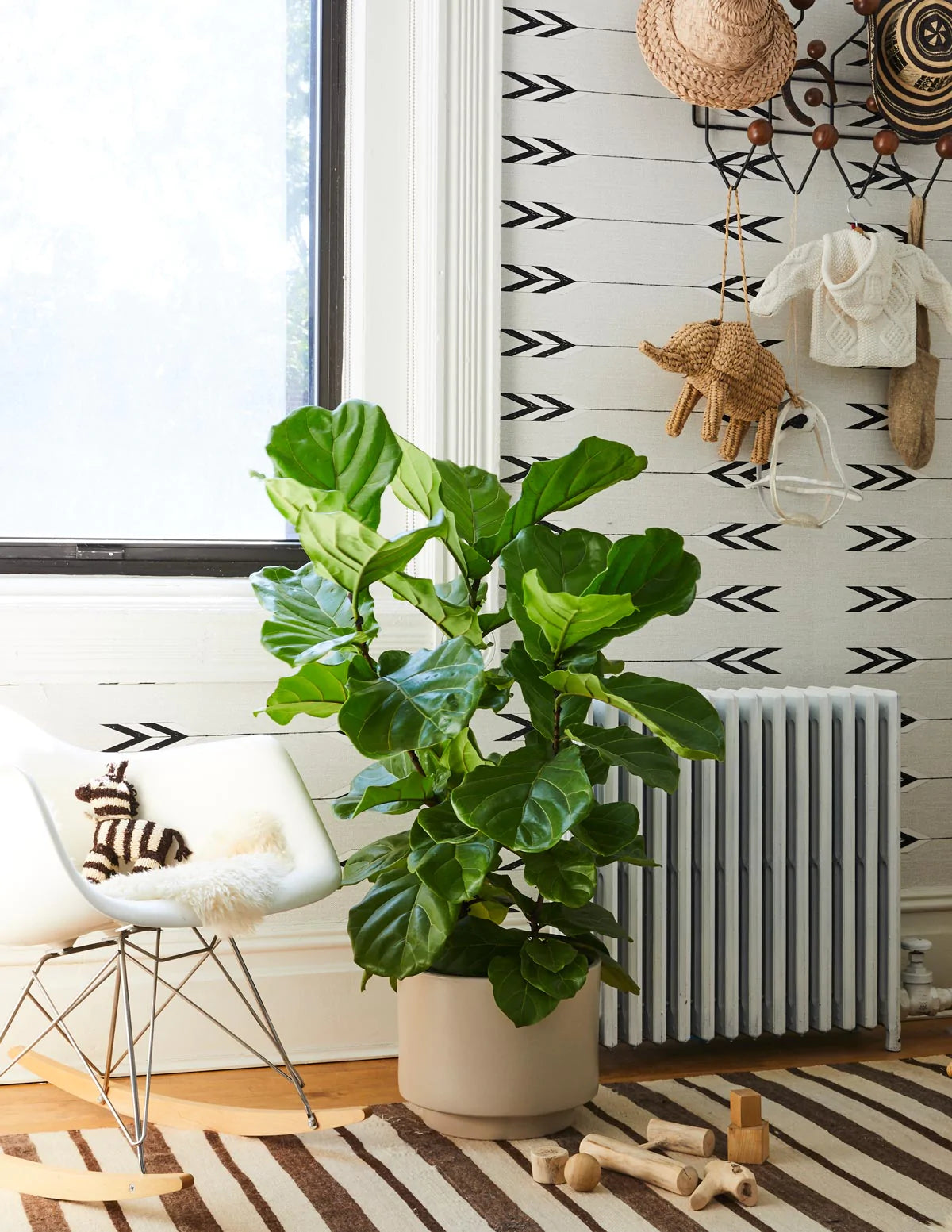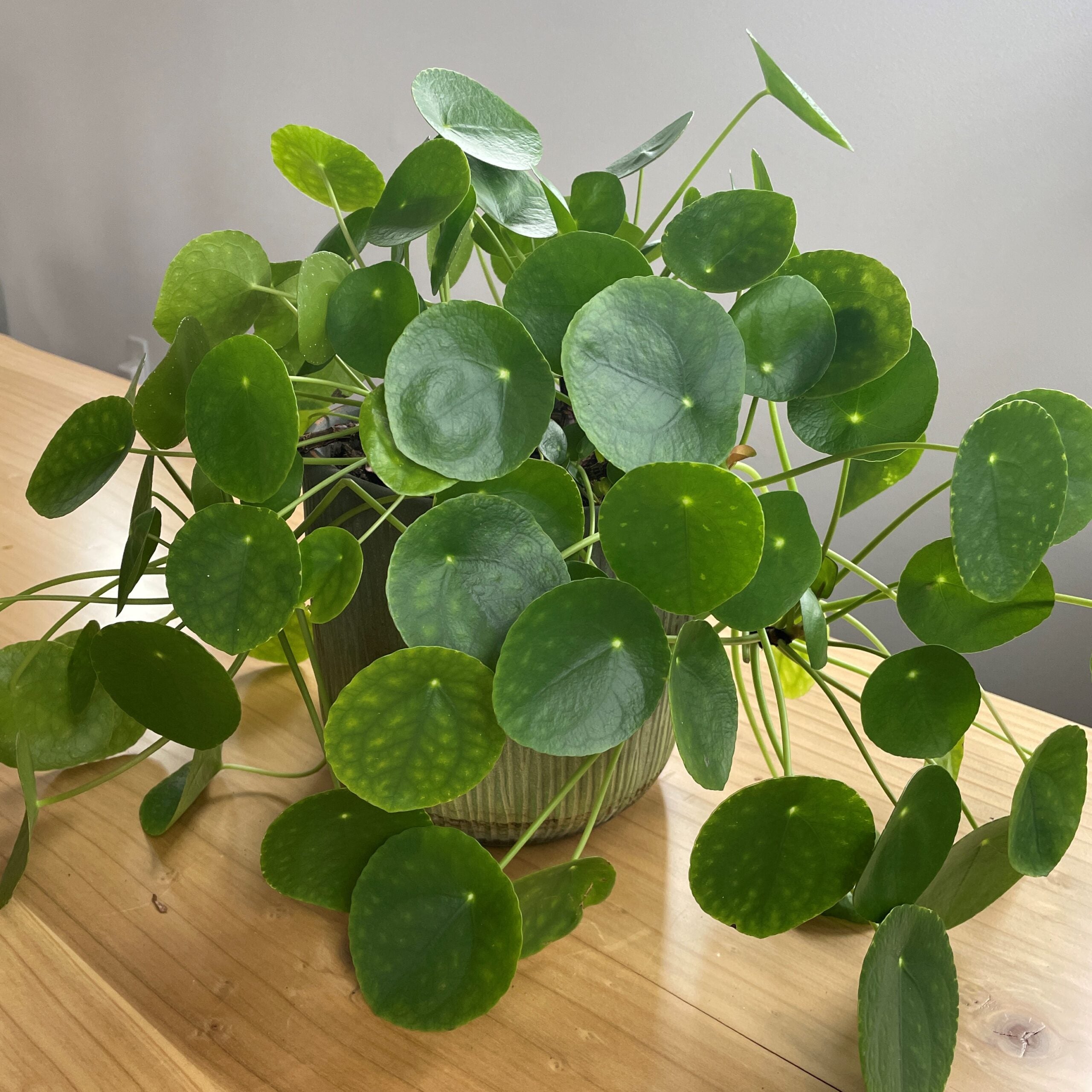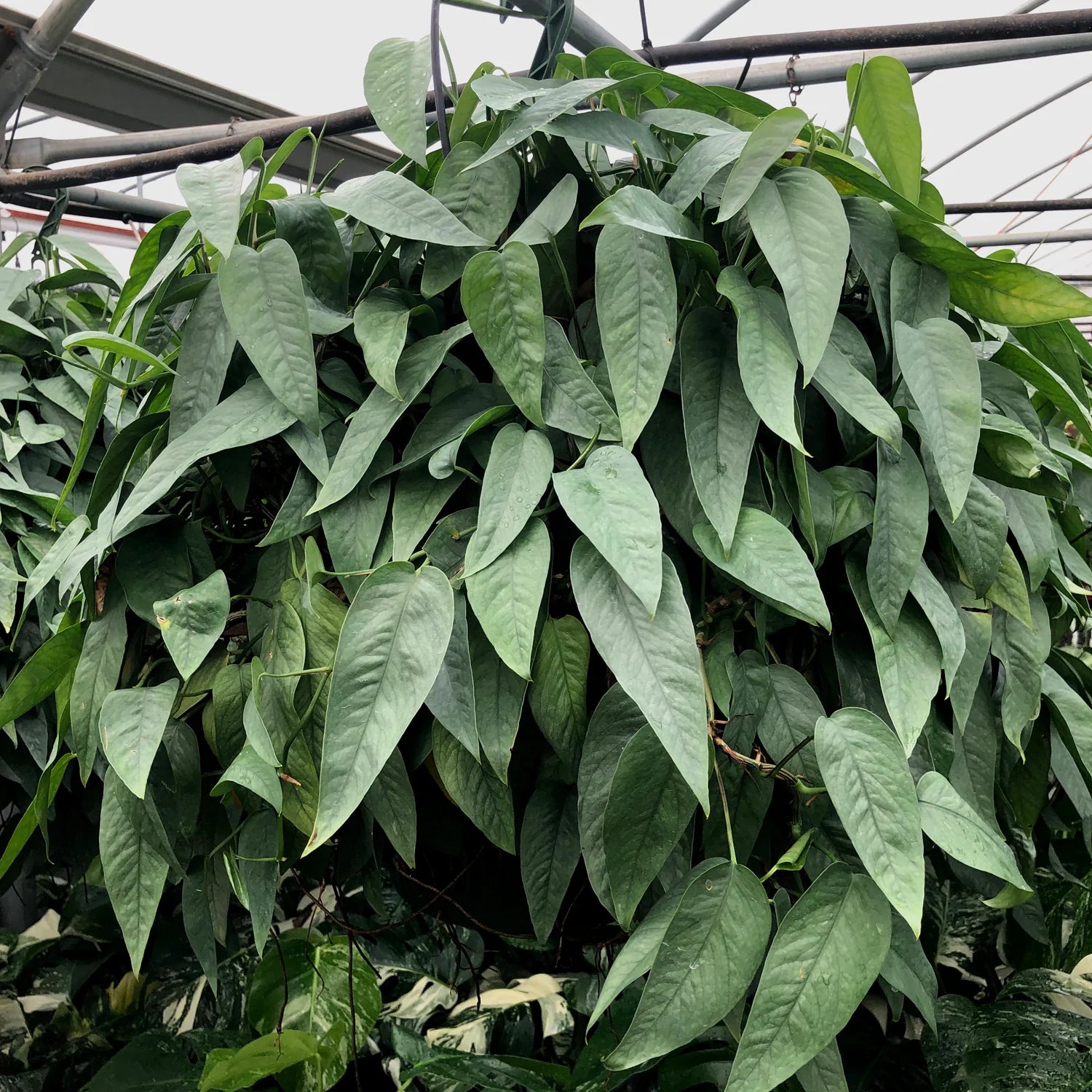
The Complete Fiddle Leaf Fig Care Guide
The Complete Care Guide to The Fiddle Leaf Fig ‘Ficus Lyrata’:

The Fiddle Leaf Fig, Ficus Lyrata, is known for its beautiful large, veined leaves that grow up long, upright trunks. This elegant plant is the perfect piece to bring a room together but it can be challenging to care for.
Native to the rainforests of western and central Africa, this plant comes from an extreme environment and needs some serious care. However, watching your plant grow up and the leaves grow into enormous fronds is so satisfying that its worth effort. As long as you follow this guide, your fiddle leaf fig will grow into a plant that anyone who steps into your house will be in awe of.
Light:
Being a rainforest native, fiddle leaf fig plants are not cut out for direct sunlight. For this plant, sitting under the sun will lead to burning on the leaves. Because of this, you should try to put your plant in front of an east or south-facing window where the plant can be getting bright-indirect light.

*Example of sun burning
Make sure to keep an eye on your fiddle leaf to know whether or not it is receiving an adequate amount of light. If you see the leaves on your plant yellowing or growing really far apart, you should think about bringing the plant to an area where it can receive more light. On the other hand, if you see burning on the leaves, you should try to move the plant into more indirect light.

*Example of leaves not getting enough light
Watering:
Being native to a rainforest, the amount of water this plant gets is central to whether it thrives or dies. Ideally, you should aim to water this plant around once a week, waiting for the top 2-3 inches of soil to dry before watering again. Most importantly, you need have a pot with drainage holes since the roots of this plant do not like to soak and will rot if they do end up soaking for too long.
This isn’t an exact science and can change based on temperature and humidity, so it’s important to look out for signs you’re over or underwatering. If the leaves start looking floppy, pointing downwards, or the edges of the leaves start to brown, it could be a sign that the plant is underwatered. If you see any of these signs, you should experiment with increasing the amount of water you're using.

*Example of underwatering on the left
On the other hand, if your plant starts smelling musty, getting flies, or getting dark spots on the leaves, you are probably overwatering.

*Example of overwatering
Temperature and Humidity:
While taking care of your fiddle leaf fig can be difficult, humidity and temperature are not much of a problem. This plant thrives in 40-60% humidity, so the average room indoor humidity is perfect for growing. Also, an average room temperature of 60-80°F is perfect for this plant.
One important thing to keep in mind is to make sure your plant isn’t near any drafty windows or air vents, because these plants can be sensitive to sudden changes in temperatures or too much wind.

Soil:
While this plant is native to the rainforest, this plant DOES NOT do well sitting in water. Too much water retained in the soil is a surefire way to cause your fiddle leaf fig to develop root rot. Because of this, you want to find a sail that provides a lot of drainage. If you do see signs of overwatering as I mentioned above, think about mixing in some peat moss for better drainage
Fertilizer:
When it comes to fertilizing, this plant isn’t too fussy. Any general fertilizer will work for your fiddle leaf fig as long as you’re feeding it once a month through the spring and summer months. For best results, you can look for fertilizers that are made specifically for fiddle leaf fig plants.

Toxicity:
This is a plant you have to be careful with when it comes to toxicity. It is toxic to humans and animals, so think of getting a synthetic fiddle leaf figs if your animals are prone to chomping on your houseplants.
If you’re interested in checking out one of these beautiful plants, check here to shop for our availability.



Leave a comment
This site is protected by hCaptcha and the hCaptcha Privacy Policy and Terms of Service apply.